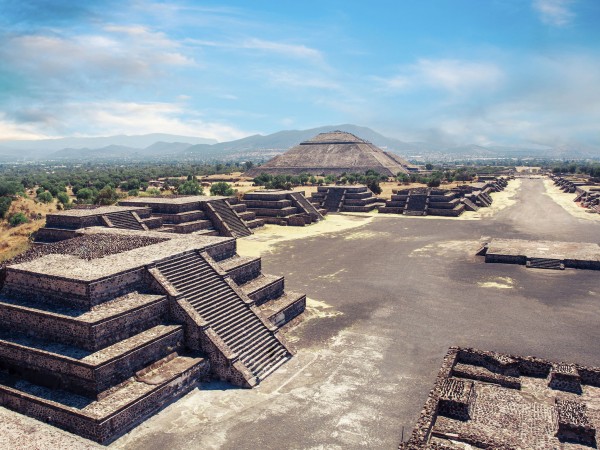OF THE
TIMES
[Link] Corona is non-communicable disease related to overuse of biosensors per NIH (USA National Institute of Health) see above link
@Patrick Donnely, I don't want to live in a nether world of speculation projected by scientists, that barely have a grip on the human life of our...
Both Rogan and Carlson are owned by intelligence agencies and distract their audiences from what we the people can actually do to leash these...
China CCP Nazi Zionist has taken over 50% of our farm land and are the biggest polluters, shipping the very best chicken, pork, beef to China and...
Seems to be referencing the work. Funny how the ologists are constantly try to make kings be self centered, god wanna be narcissists. Projection...
To submit an article for publication, see our Submission Guidelines
Reader comments do not necessarily reflect the views of the volunteers, editors, and directors of SOTT.net or the Quantum Future Group.
Some icons on this site were created by: Afterglow, Aha-Soft, AntialiasFactory, artdesigner.lv, Artura, DailyOverview, Everaldo, GraphicsFuel, IconFactory, Iconka, IconShock, Icons-Land, i-love-icons, KDE-look.org, Klukeart, mugenb16, Map Icons Collection, PetshopBoxStudio, VisualPharm, wbeiruti, WebIconset
Powered by PikaJS 🐁 and In·Site
Original content © 2002-2024 by Sott.net/Signs of the Times. See: FAIR USE NOTICE

Reader Comments
to our Newsletter